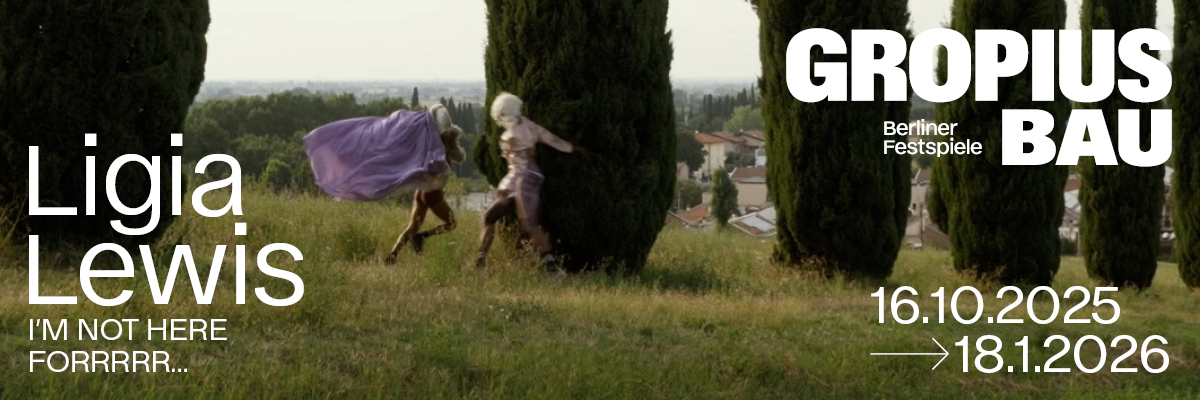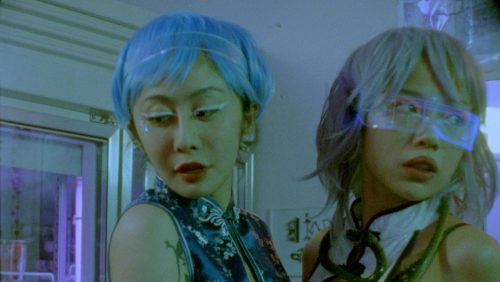
Aleksandra Liput
We Are a Dream
Project Info
- 💙 Kunsthalle.Ost, Leipzig, Germany
- 💚 Michalina Sablik
- 🖤 Aleksandra Liput
- 💜 Michalina Sablik
- 💛 Kuba Mozolewski
Share on
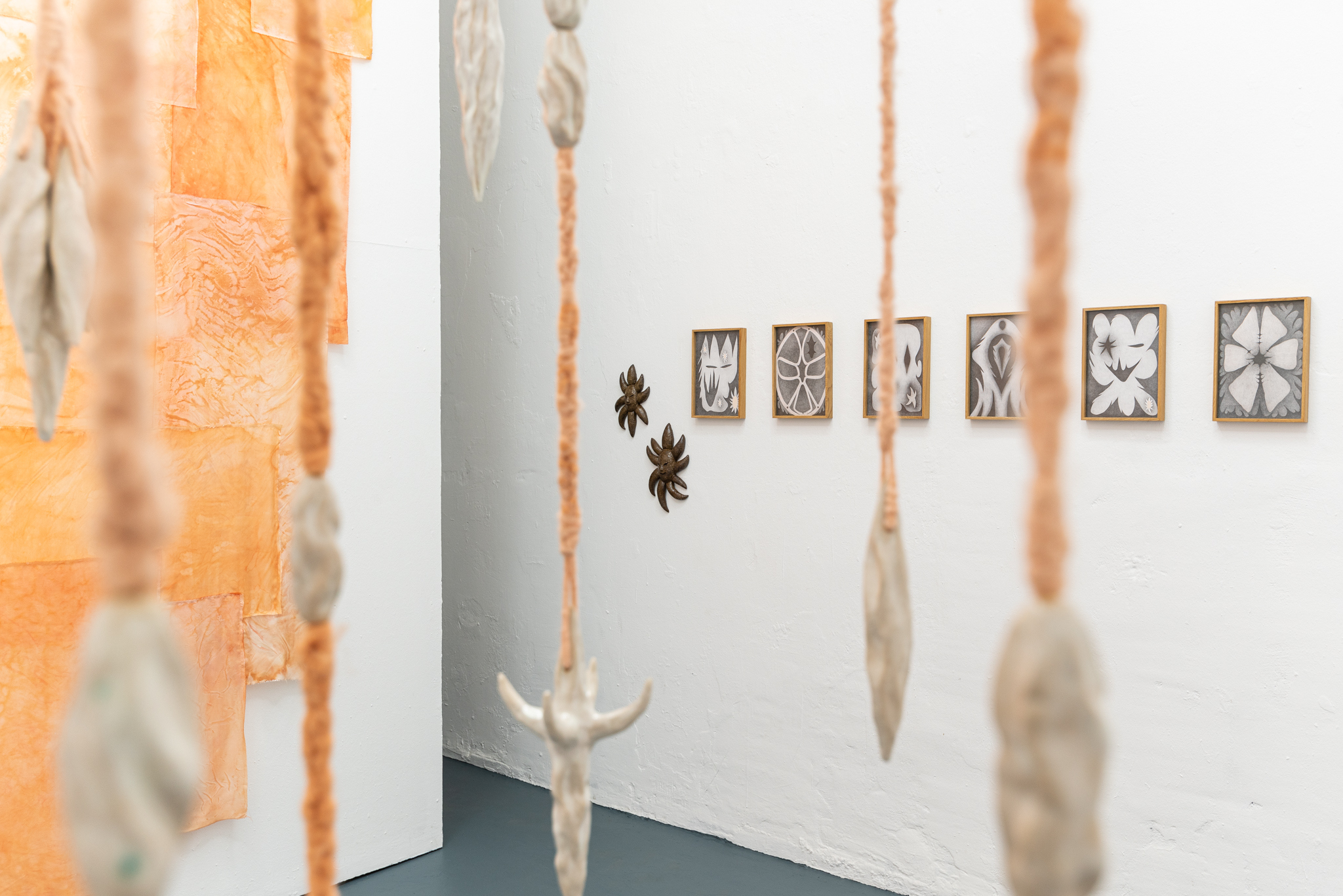
“We are a dream”, exhibition view.
Advertisement
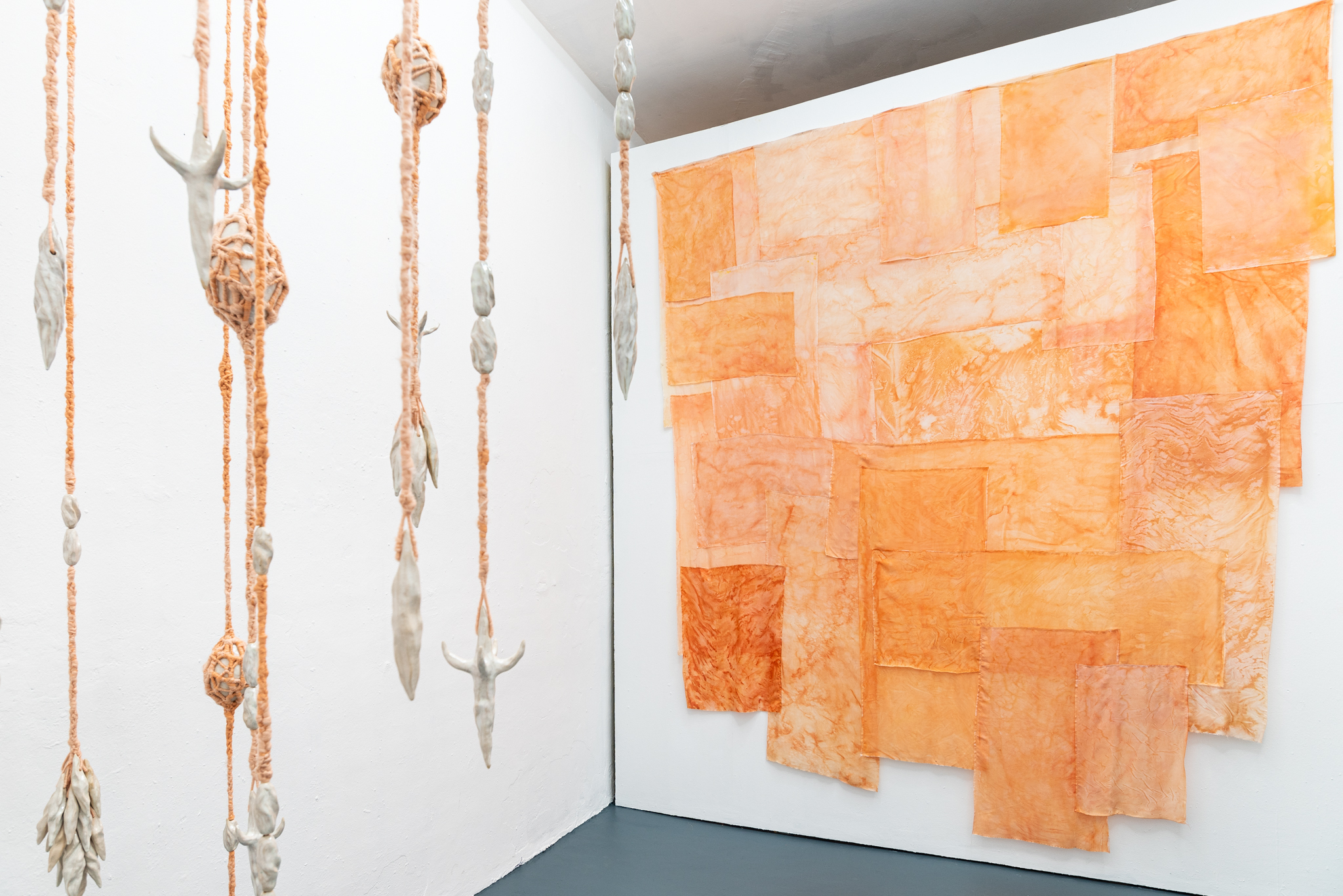
“We are a dream”, exhibition view.
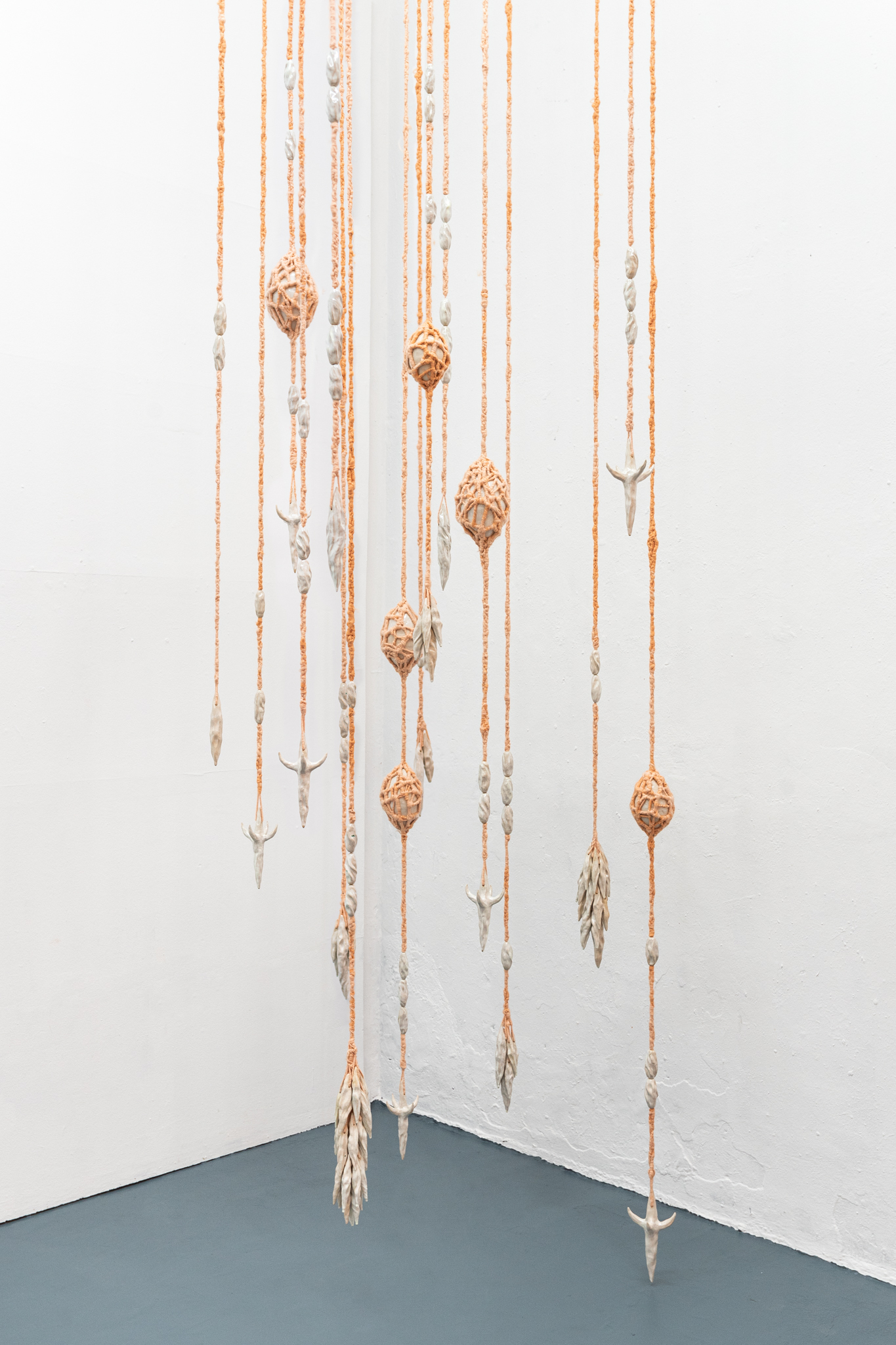
“Dream Talismans”, ceramics, wool, 2024.
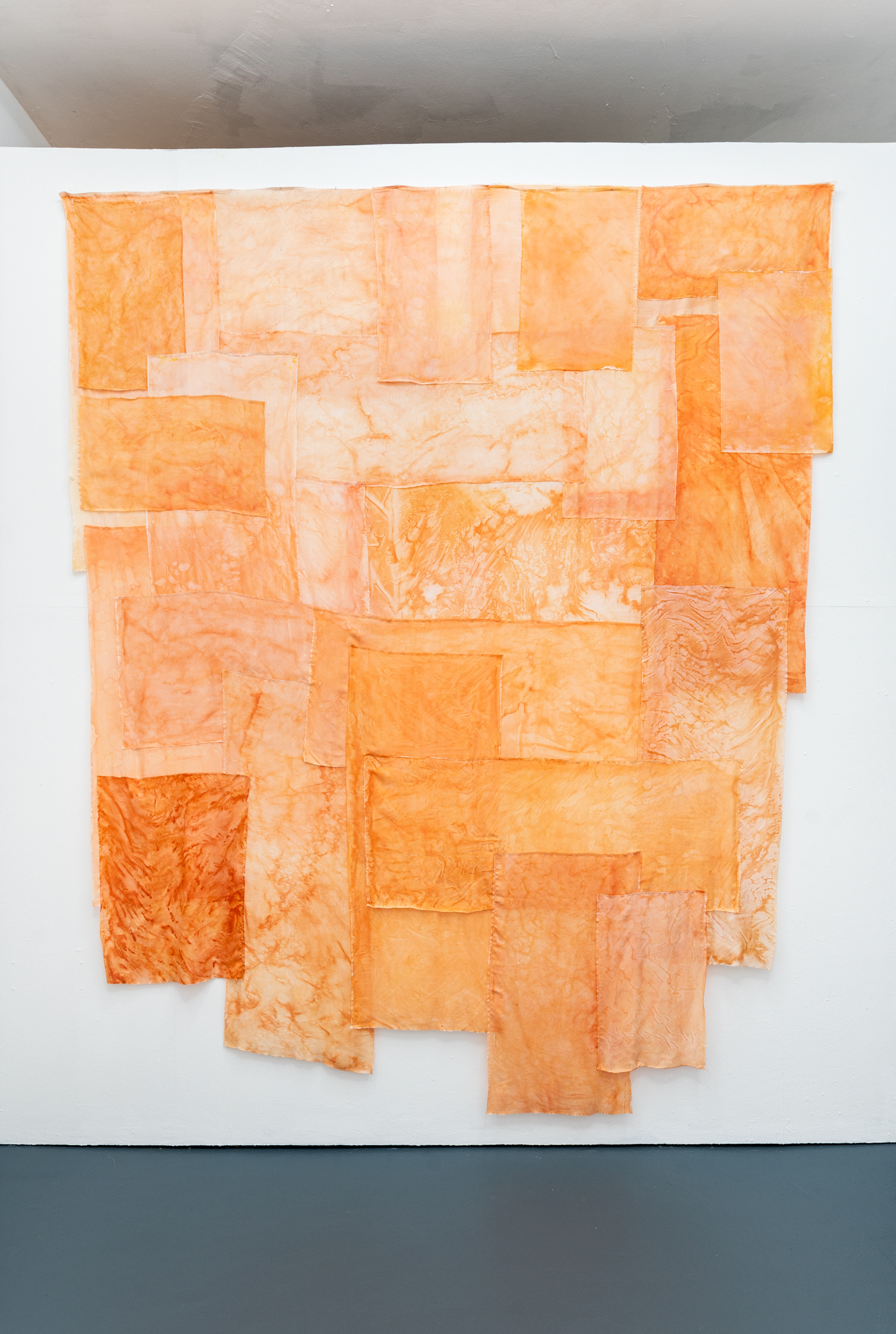
“Dream skin” patchwork, painted viscose, 2024.
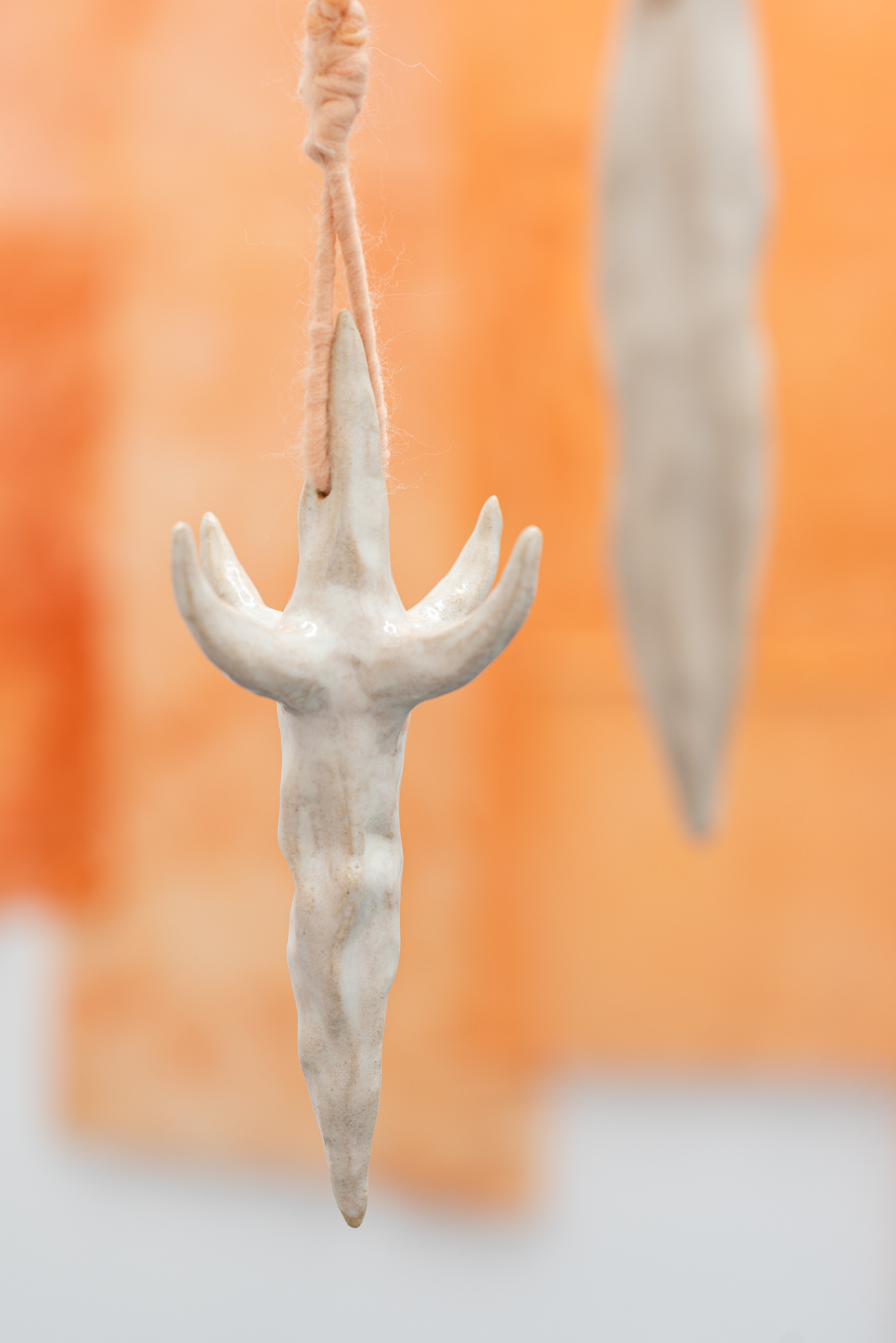
“Dream Talismans”, ceramics, wool, 2024.
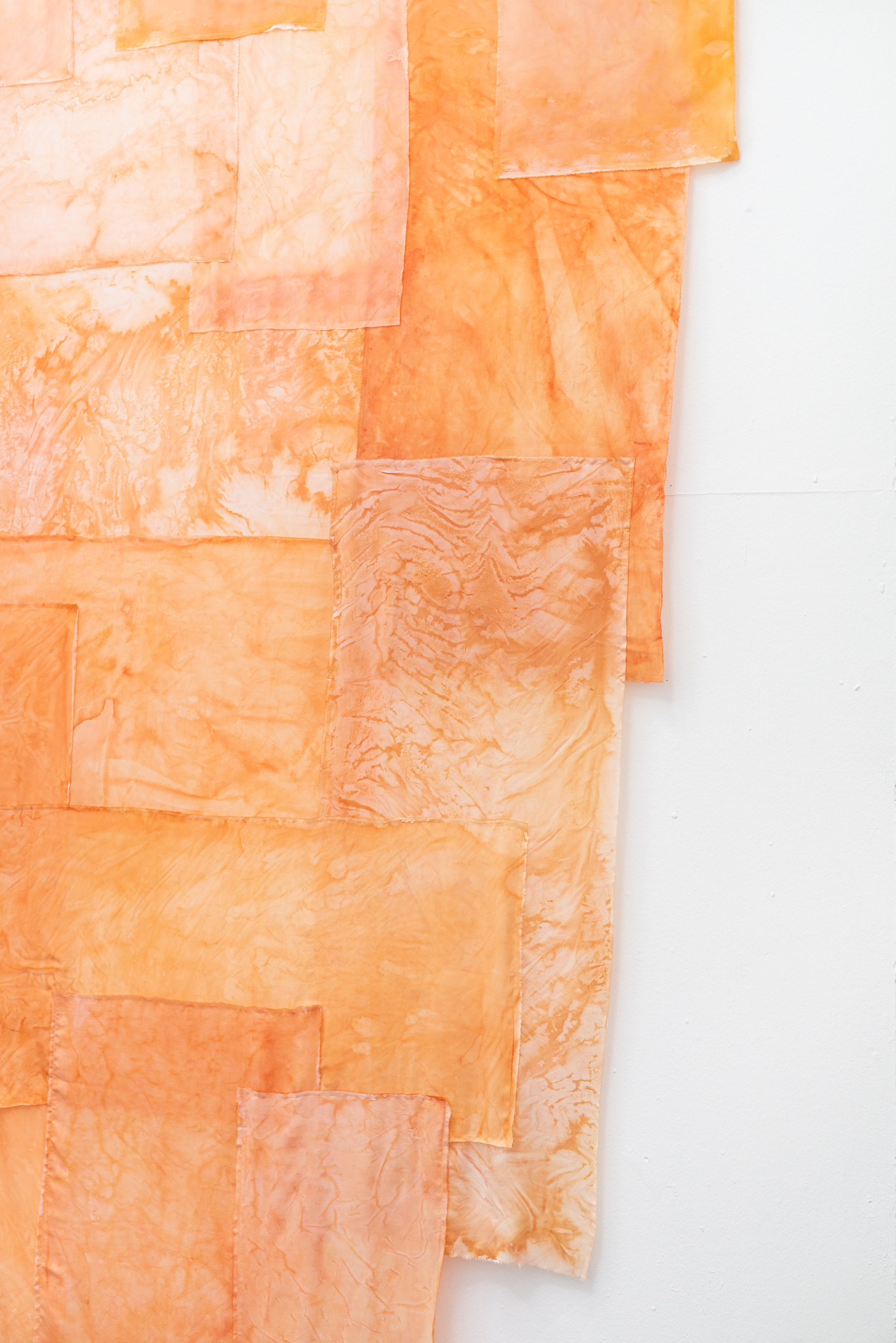
“Dream skin” patchwork, painted viscose, 2024.
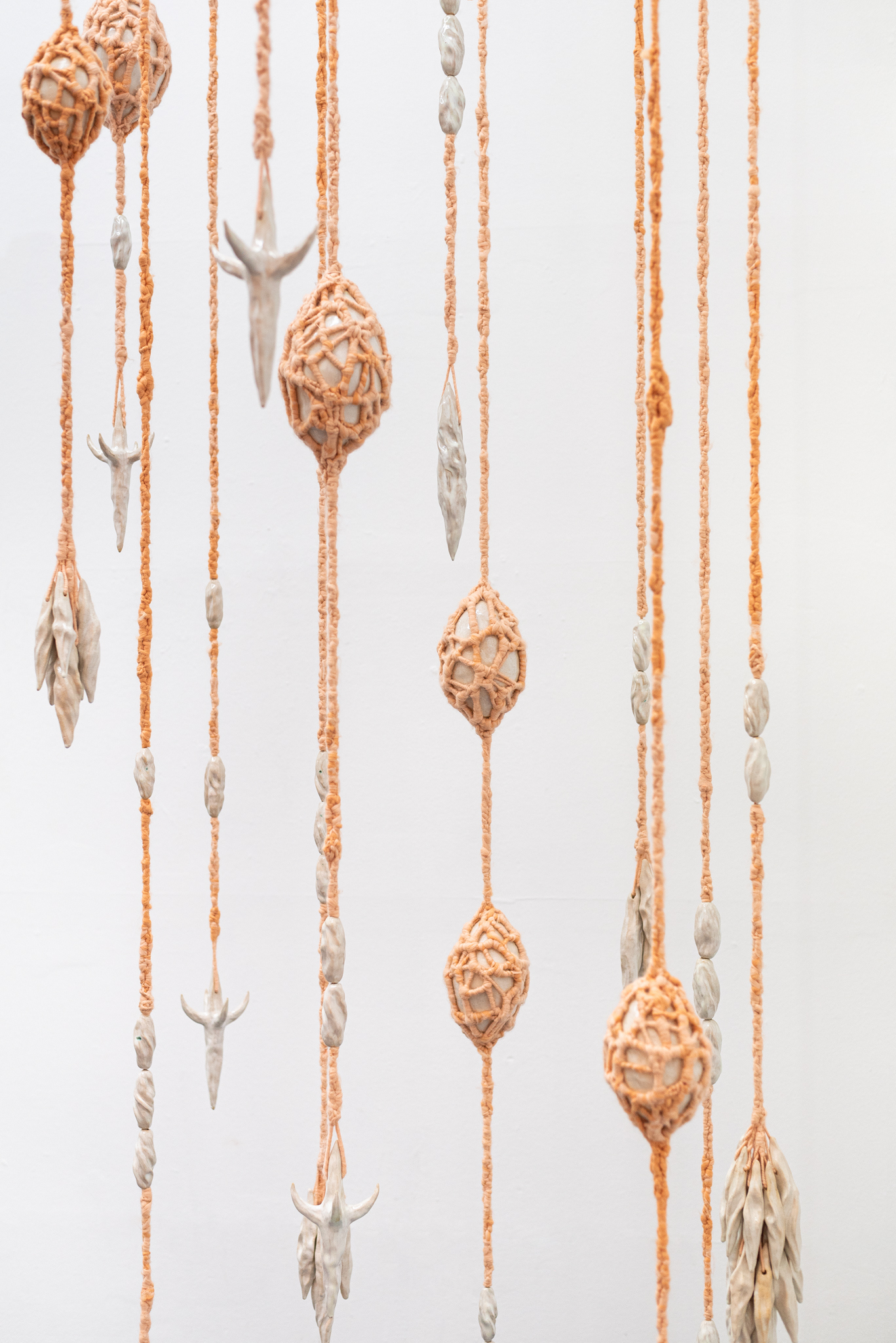
“Dream Talismans”, ceramics, wool, 2024.
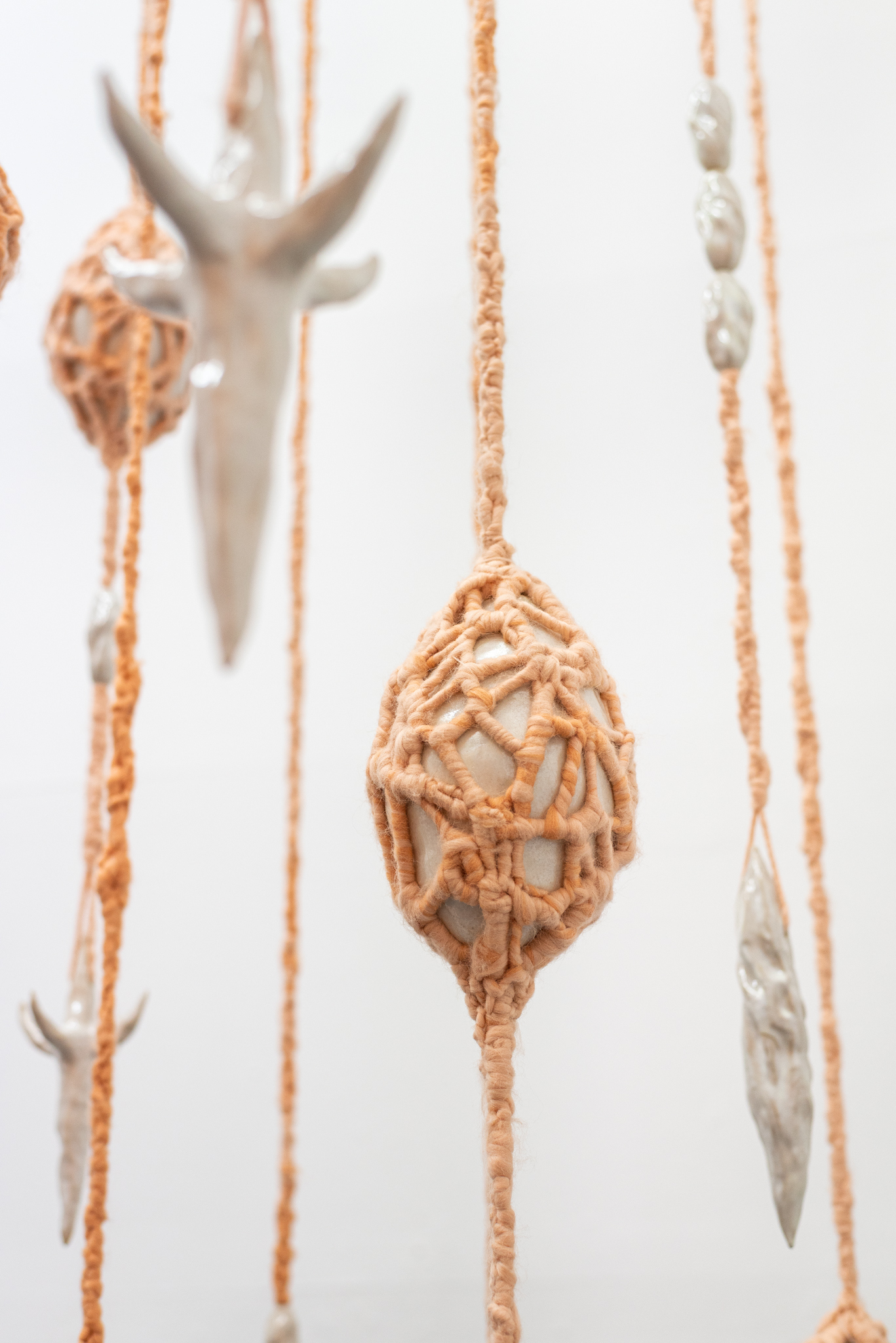
“Dream Talismans”, ceramics, wool, 2024.

“Dream Talismans”, ceramics, wool, 2024.
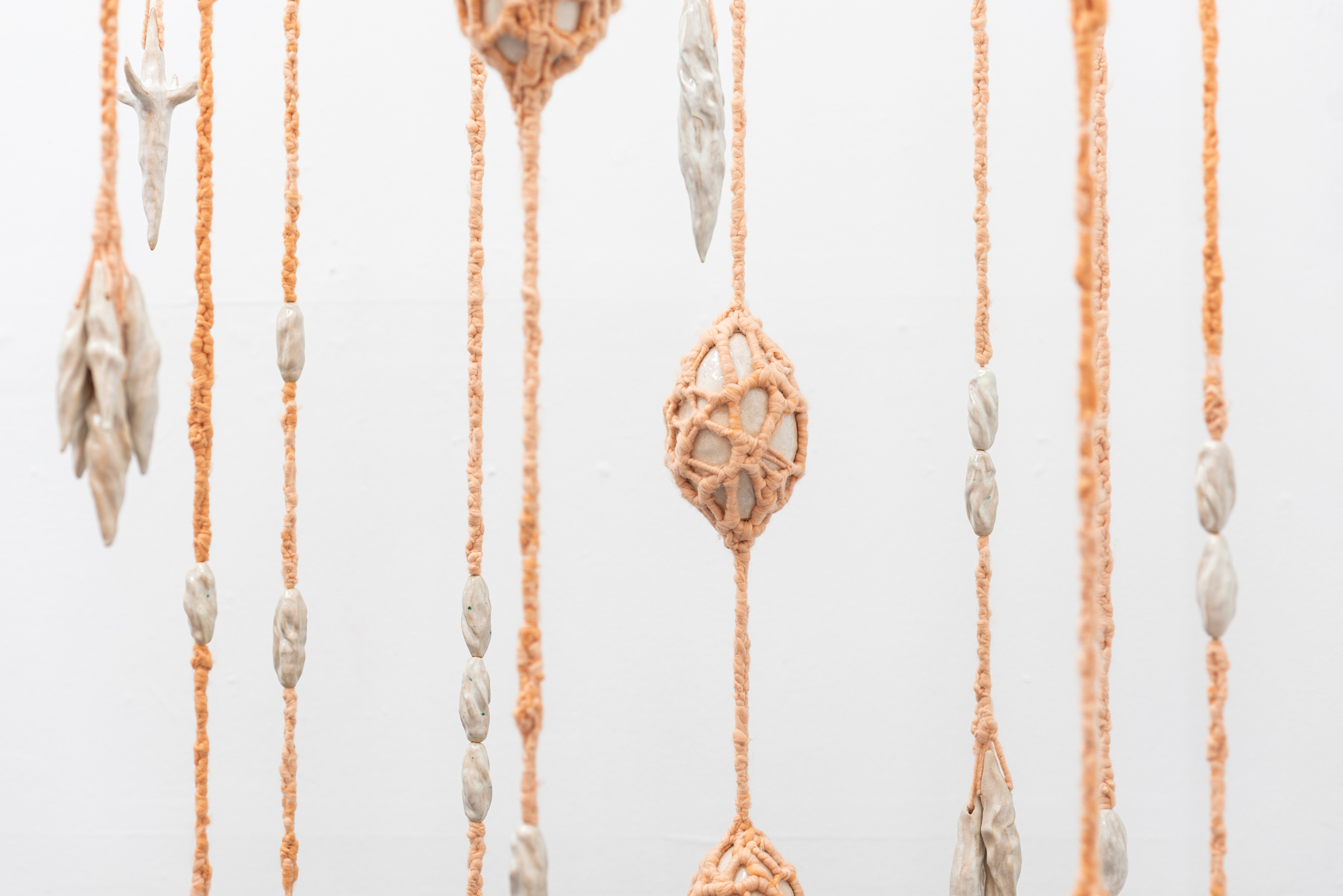
“Dream Talismans”, ceramics, wool, 2024.

“We are a dream”, exhibition view.
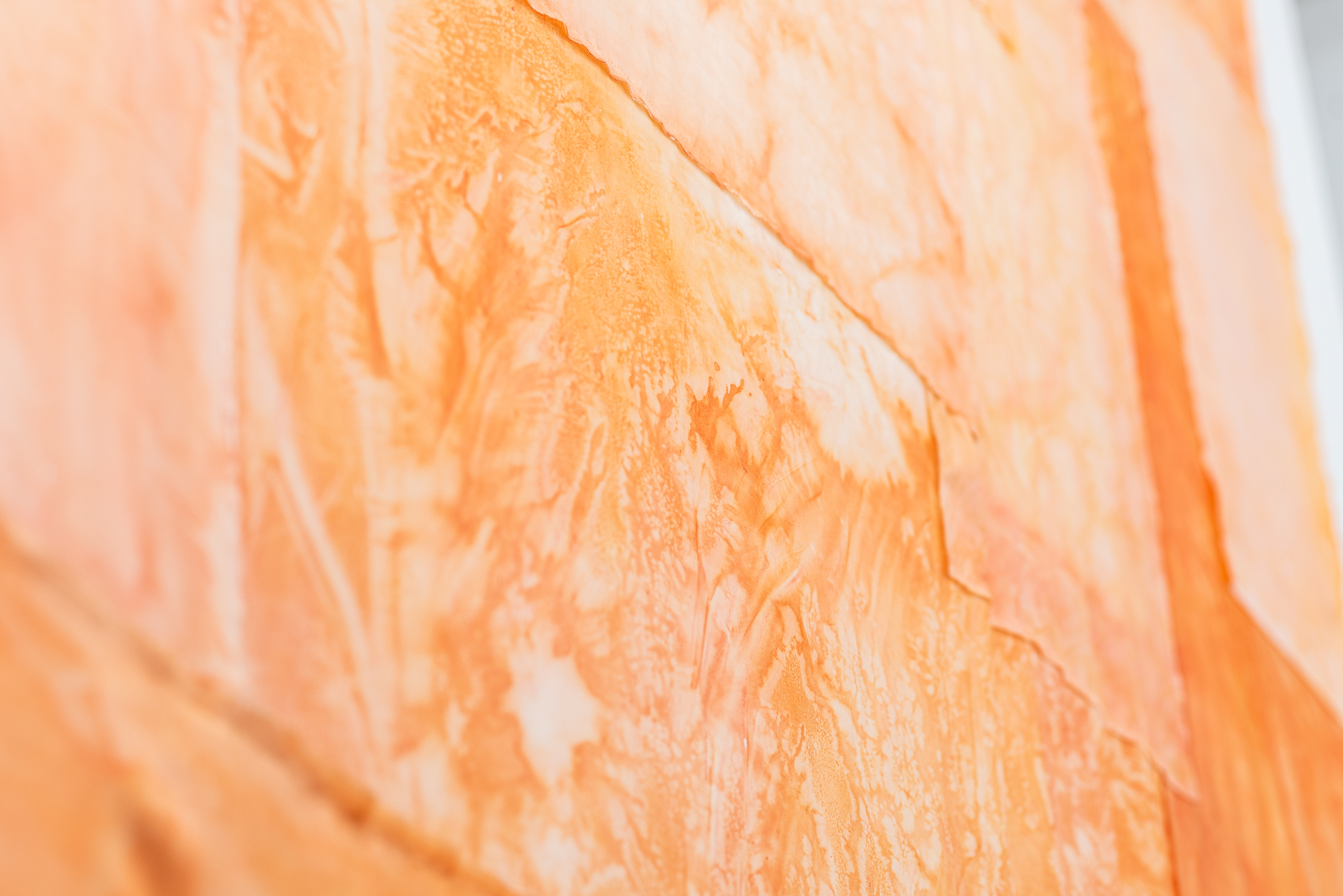
“Dream skin” patchwork, painted viscose, 2024.
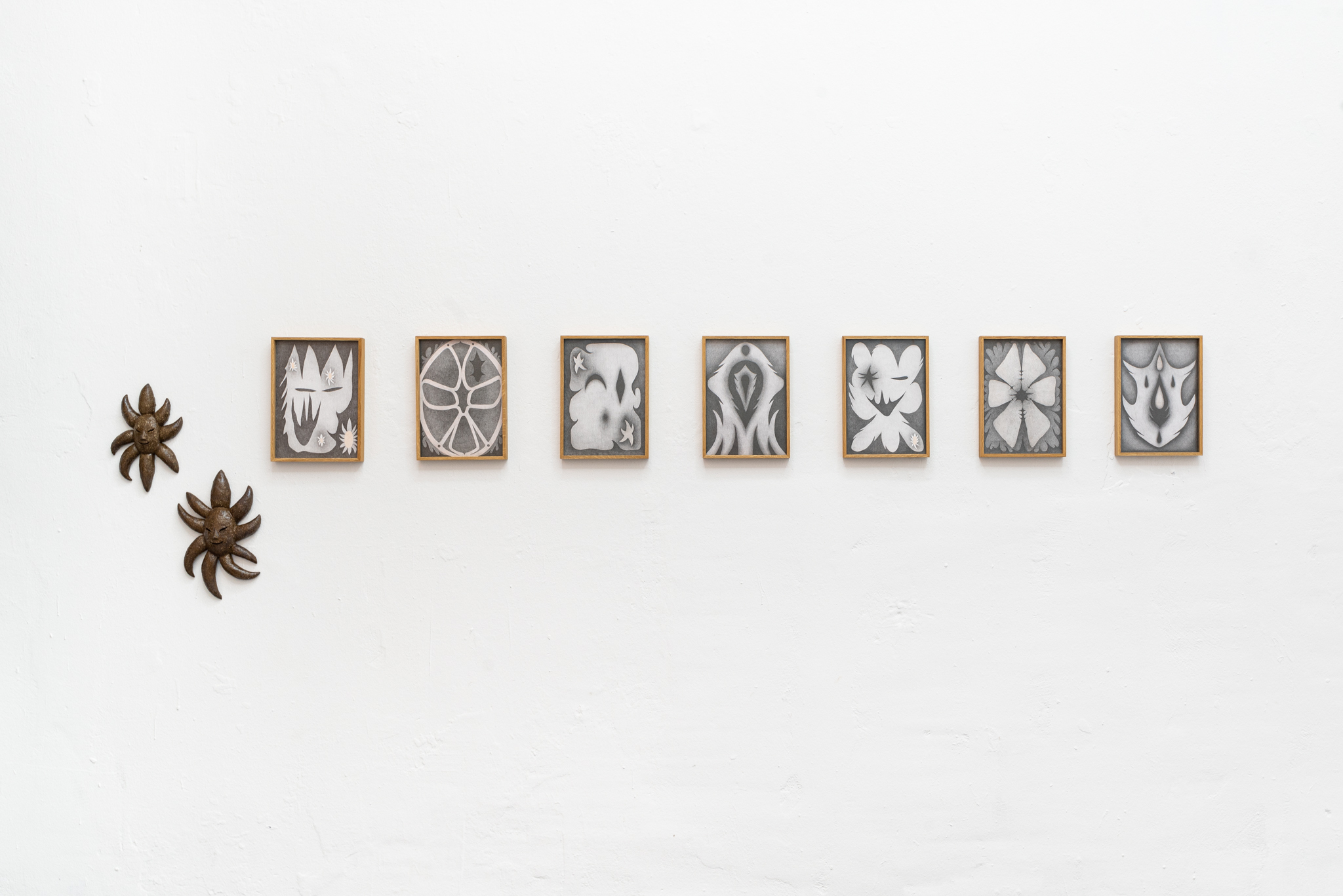
“We are a dream”, exhibition view.
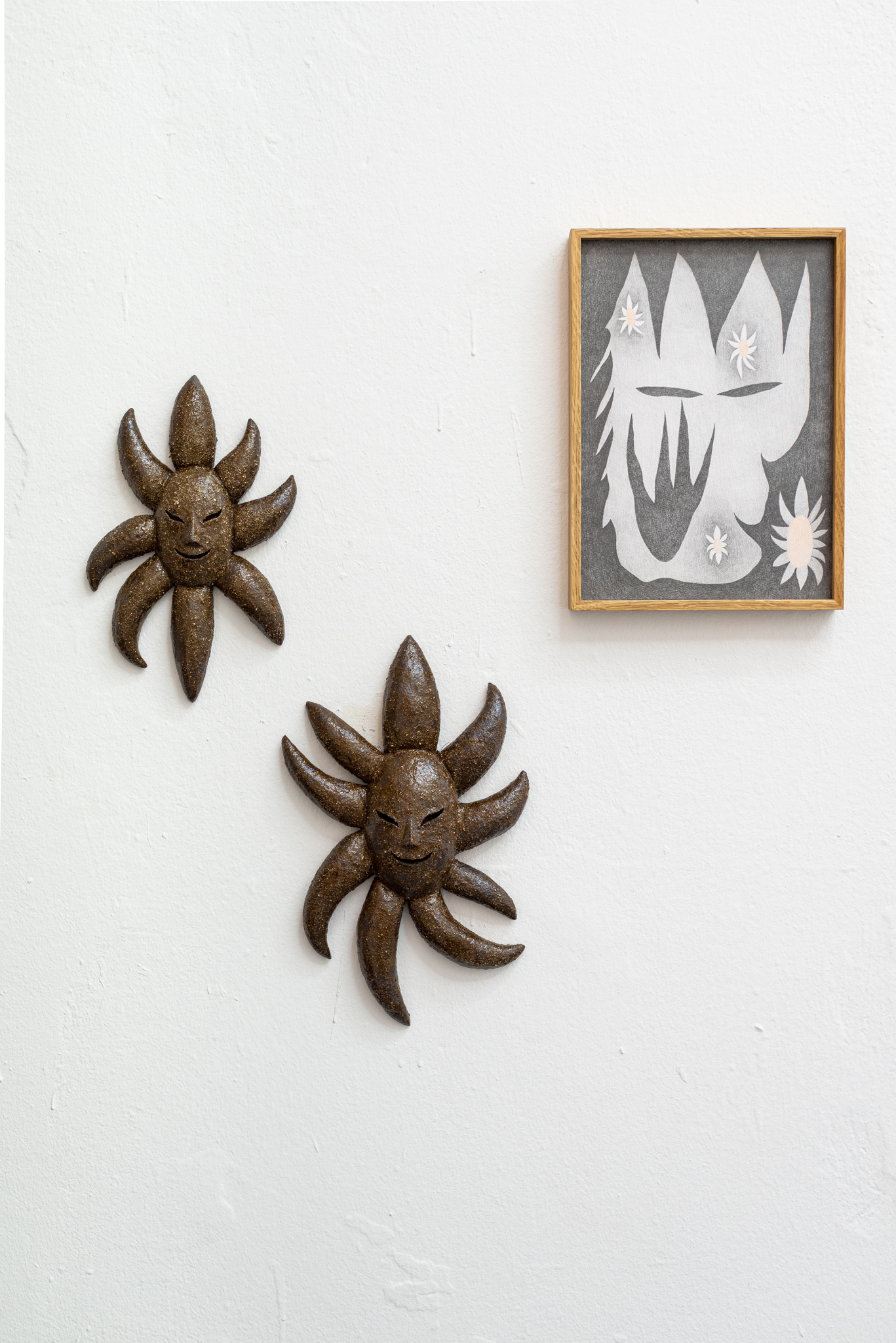
“We are a dream”, exhibition view.

“We are a dream”, exhibition view.
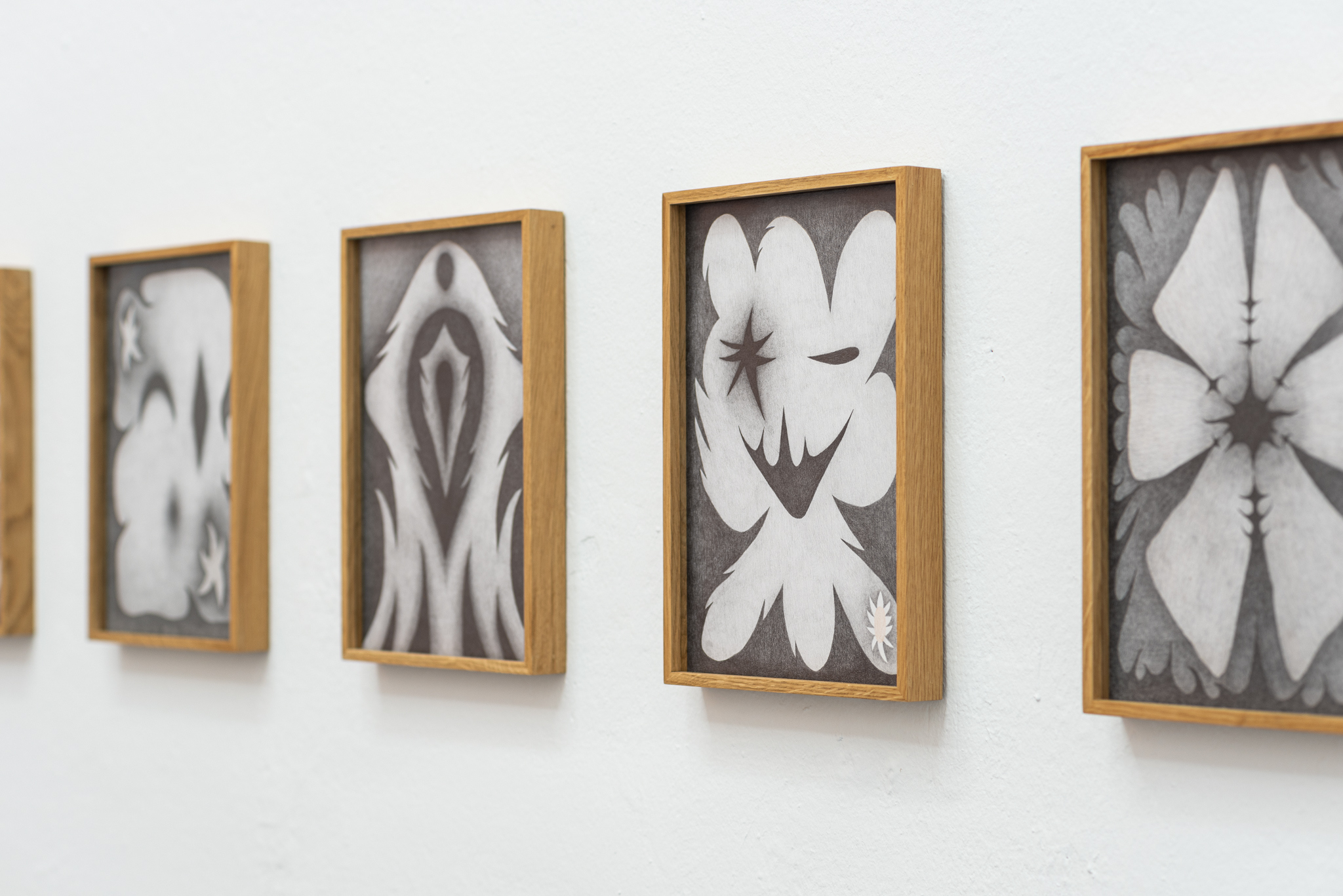
“We are a dream”, drawing on paper, 2024.
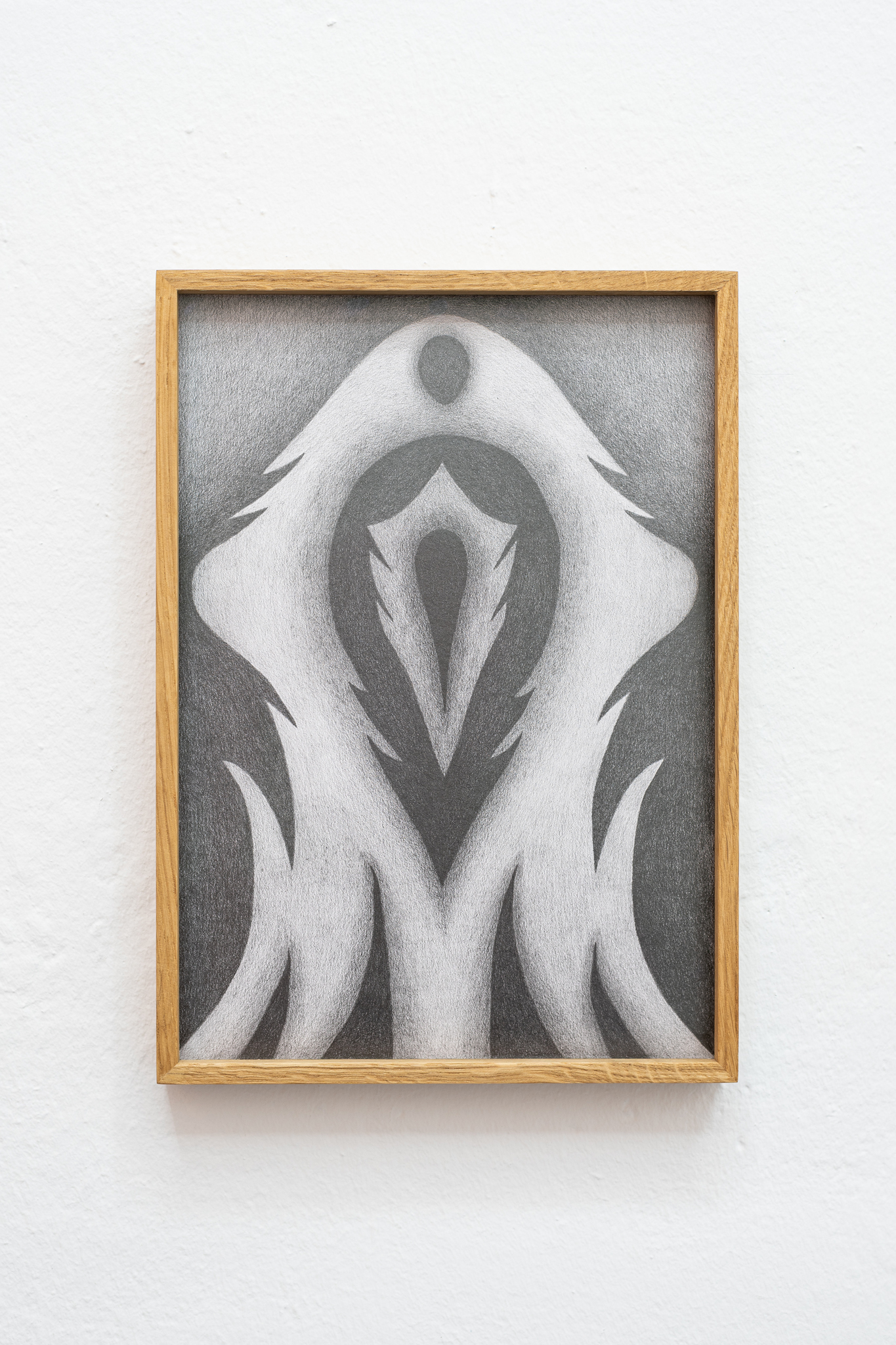
“We are a dream”, drawing on paper, 2024.
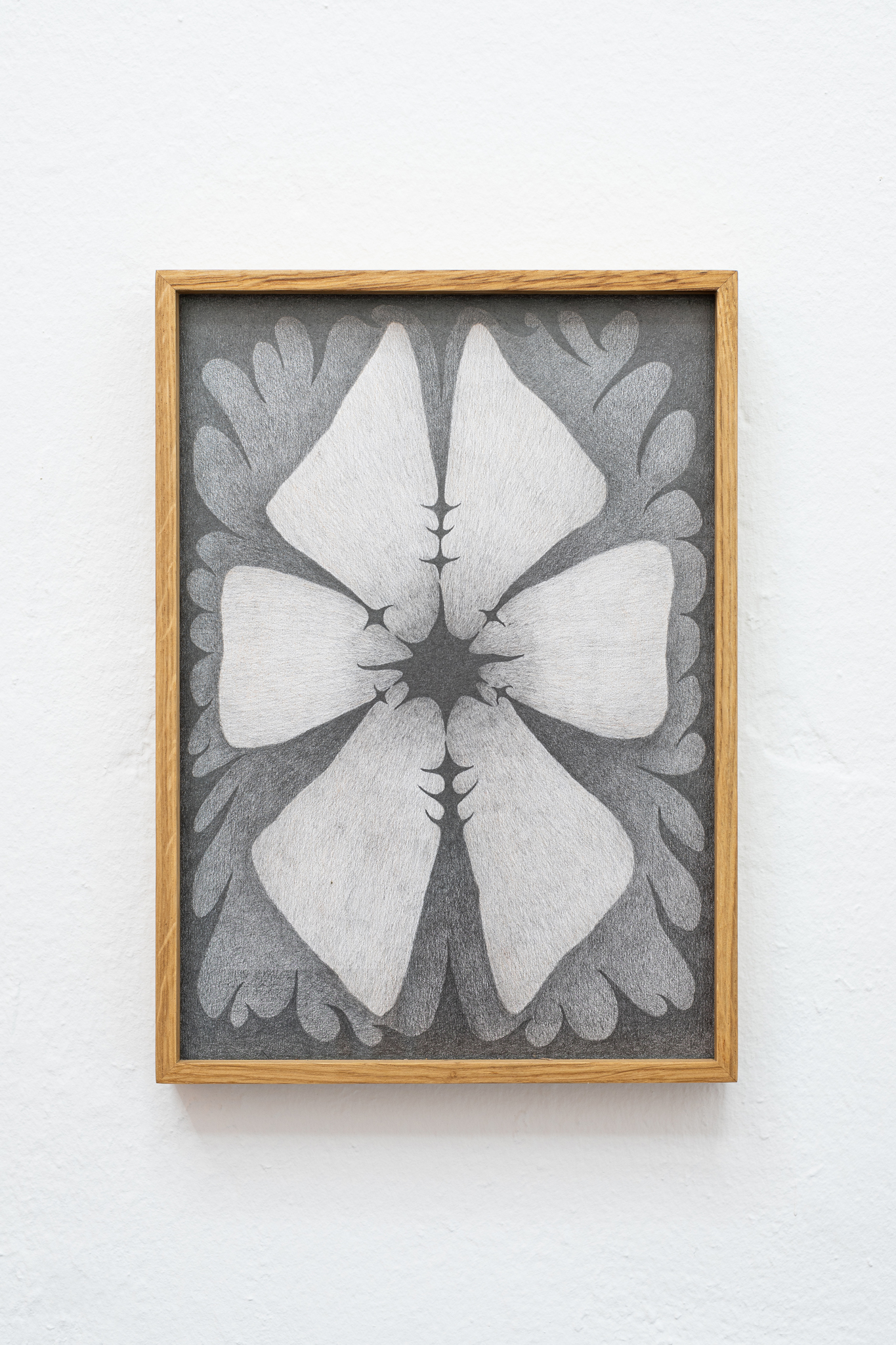
“We are a dream”, drawing on paper, 2024.

“We are a dream”, exhibition view.

“We are a dream”, drawing on paper, 2024.
In her solo exhibition, Aleksandra Liput refers to Ursula Le Guin's science-fiction book The Lathe of Heaven. The plot of the book takes place in a violent, retrofuturistic dark city in a dystopian world, which in many ways resembles the reality we live in during the 2020s. The world around the protagonist is like a dark dream. All the movements of the grey people are recorded by technological surveillance, and their bodies are constantly subjected to the effects of various drugs. The protagonist discovers that even the realm of dreams is no longer safe and worry-free and that his disturbing fantasies are coming true in reality. So he decides to stay awake for months and undergo treatment from a suspicious doctor. He wants to reclaim his sleep, which for him is one of the last outposts of rebellion and individual freedom. Jonathan Crary, author of 24/7: Late Capitalism and the End of Sleep, analysed the process of the gradual appropriation of our time, including sleep, by the capitalist logic of efficiency and productivity.
As a counter to this logic, Liput creates an immersive exhibition space in which she invites viewers to feel as if they are in a dreamlike reality. For her, sleep is a space of unlearning, forgetting, losing control, and detaching from a difficult political and social reality. It is a place where reality mixes with surreal and subconscious elements, where one can forget civilisation for a moment, becoming an animal or a child. It becomes a safe and free space where different speculative visions of reality can be tested. It is a place of sweet displacement and escapism, allowing for mental regeneration.
The exhibition presents a series of monochrome drawings on paper full of semi-abstract forms referring to portals, dream catchers, blurred masks, and forms reminiscent of dream afterimages. They were created in a meditative, painstaking, and slow process in which the artist allowed herself to become automatic and follow her intuition. She layered the compositions while listening to Ursula Le Guin's book. In addition, an expressive fabric installation is presented in the exhibition. A key element is an installation combining ceramics with crocheted embroidered forms. Their vertical forms are successive layers of a dreamlike reality, and the individual ceramic forms resemble amulets and, through their sharp shapes, defensive tools. Moreover, the exhibition features archetypal, unsettling representations of smiling suns, reminiscent of the mythologies of as-yet undiscovered cultures.
In her practice, Aleksandra Liput often refers to irrational motifs—dreams, ancient beliefs, magic, psychedelia, conspiracy theories—seeking answers to contemporary problems. In works combining various techniques—fabric, ceramics, painting, or stained glass—she returns to themes related to nature, primordial beliefs, archetypes, and science fiction. Her work is part of the post-secular and post-Enlightenment turn in art, which attempts to "re-enchant" reality and to point to the non-rational foundations of our thinking and the world itself, which cannot be grasped by categories from the field of science alone. Furthermore, she is interested in imagination and speculation as critical tools and as a means of creating alternative worlds.
Michalina Sablik
